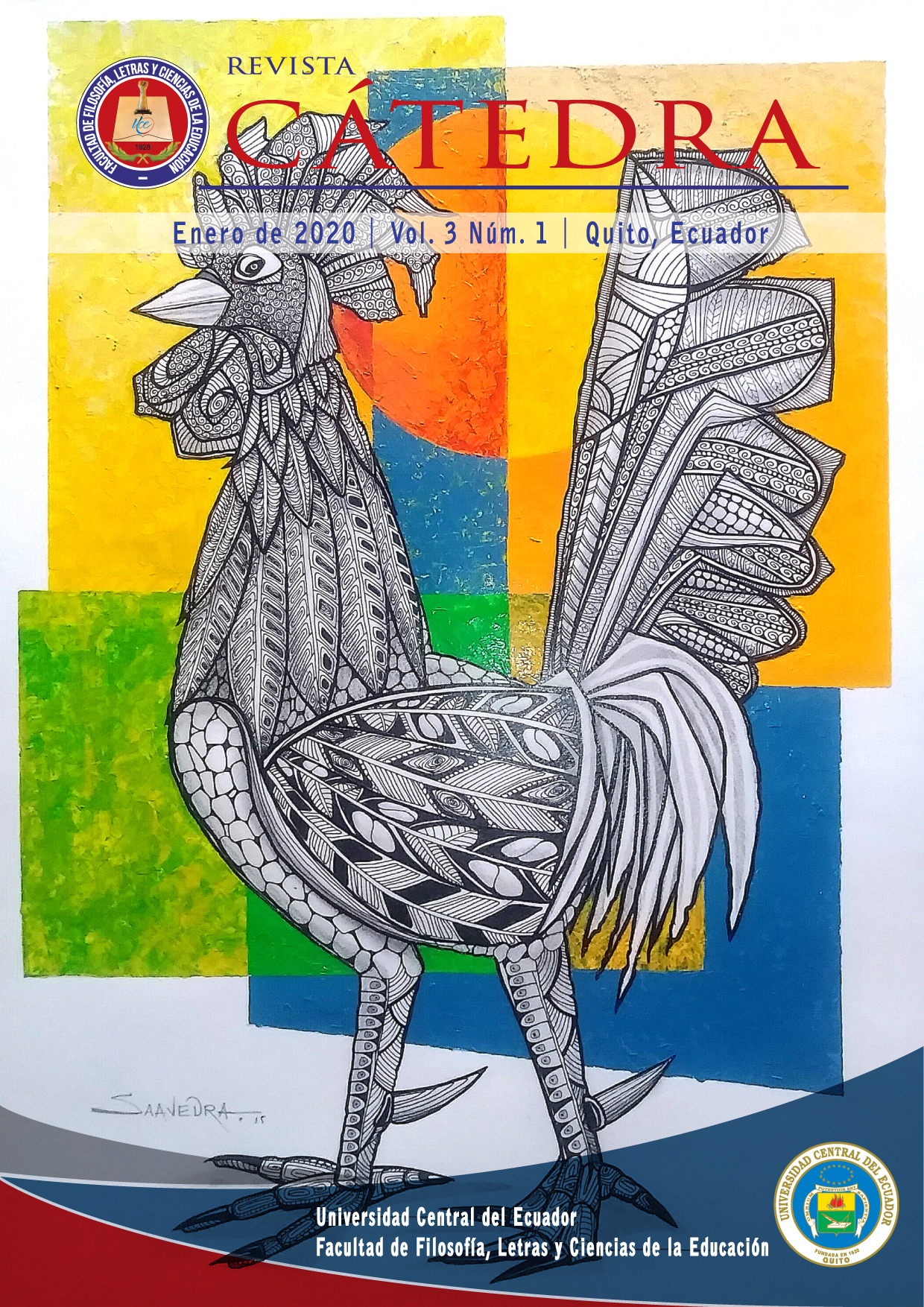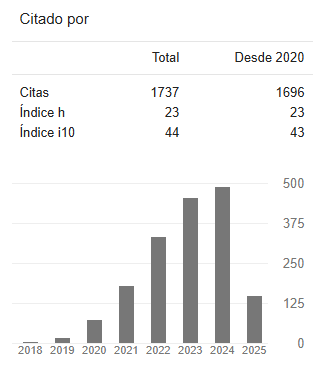Analysis of intercultural bilingual education in educational institutions of the Tsáchila nationality
DOI:
https://doi.org/10.29166/10.29166/catedra.v3i1.1988Keywords:
ancestrality, discrimination, ethnicity, interculturality, MABIESAbstract
Bilingual Intercultural Education (BIE) in Ecuador has become a focus of discussion due to the coexistence of people and nationalities that coexist in the same territory. One of the main problems lies in the fact of ignoring mechanisms of planning and execution of inclusive educational policies given the encounter of cultures where the mestizo has prestige and dominance over the others. For this reason, it is important to make visible the need for the inclusion of the ancestral knowledge of the Tsáchila nationality as a curricular transversal axis in the bilingual intercultural educational process. It is necessary to evaluate the BIE, to know how ancestral knowledge is expressed in education and to identify the experiences of the Model application of the Bilingual Intercultural Educational System (MABIES) in the educational institutions of the Tsáchila nationality communities in the year 2018-2019. In this way, the inclusive elements of the cross-cultural cross-curricular axis that must be strengthened in the Unified General Baccalaureate (BGU) are identified to contribute to the recovery of the Tsáchila cultural identity, under a socio-educational, qualitative, descriptive and explanatory approach of the teaching-learning process with MABIES. Their causes, guidelines and, primary and secondary information, have been analyzed through observation techniques (settlers), survey (students), interview (teachers) and focus group (experts). Its importance lies in the contribution to the recovery of ancestrality and the fight against discrimination -particularly in the educational field.
Downloads
References
Aguavil Arévalo, J. M., - Andino Jaramillo, R. A. (2019). Necesidades formativas de docentes de Educación Intercultural Tsáchila. Alteridad, 14(1), 74-83. https://doi.org/10.17163.alt.v14n1.2019.06
Alfaro, Eloy. (1906). Ley Orgánica de Instrucción Pública. Quito, Ecuador: Imprenta de la "Gutemberg".
Andino, R. (2019). Entrevista personal. 3 de octubre de 2019
Bruner, J. (1991). Actos de significado: más allá de la revolución cognitiva. Madrid: Alianza.
Conejo, A. (2008). Educación Intercultural Bilingüe en el Ecuador. La propuesta educativa y su proceso. Alteridad, 5(3), 64-82.
Constitución de la República del Ecuador (1998). Consejo de Desarrollo de las Nacionalidades y Pueblos del Ecuador - CODENPE
Constitución de la República del Ecuador (2008). Asamblea Nacional. Registro Oficial 449.
INEC (2010). Censo de población y vivienda 2010. Quito – Ecuador.
La Hora (2003). Se creó la Dirección de Educación Intercultural Bilingüe Tsáchila. Recuperado el 8 de septiembre del 2019. https://lahora.com.ec/noticia/1000210866/home.
Leiva, J. (2017) La interculturalidad como respuesta preventiva del fracaso escolar en contextos de riesgo. En Anduli - Revista Andaluza de Ciencias Sociales. Málaga: Universidad de Málaga.
Ministerio de Educación (2012). Estándares de calidad educativa. Aprendizaje, Gestión Escolar, Desempeño Profesional e Infraestructura. Quito: Ministerio de Educación.
Ministerio de Educación (2017). Lineamientos pedagógicos para la implementación del Modelo del Sistema de Educación Intercultural Bilingüe. Quito: Ministerio de Educación.
Robalino, G. (1989). La verdadera gente. Una aproximación antropológica al grupo Tsachila. Quito: Consejo Provincial de Pichincha.
Rojas, L., Flórez, S., González, Y., Espíndola, L., (2011). La génesis social de los procesos cognitivos desde los planteamientos de Jerome Bruner. Prevalencia del determinismo y resurgimiento de la cultura. Tesis Psicológica, núm. 6, noviembre, 2011, pp. 215-235.
Torres, J. (2019). Entrevista personal. 3 de octubre de 2019.
UNESCO (2005). La Interculturalidad. Recuperado el 9 de septiembre del 2019. http://www.unesco.org/new/es/quito/education/education-and-interculturality/.
Velarde, Patricio (1991). Santo Domingo de los Colorados y el espacio nacional (1860-1960). Aislamiento e integración. Quito: Ciudad. Municipio de Santo Domingo.
Ventura, M. (2012). En el cruce de caminos: identidad, cosmología y chamanismo Tsáchila. Quito FLACSO-Ecuador. Abya Yala. IFEA. Universidad Autónoma de Barcelona.
Downloads
Published
Versions
- 2020-11-17 (3)
- 2020-09-03 (2)
- 2020-01-22 (1)









